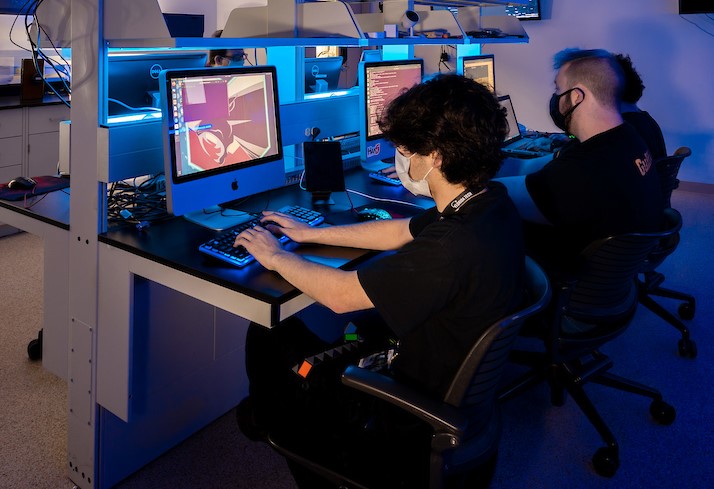Document Type
Conference Proceeding
Publication Title
Proceedings of SPIE - the International Society for Optical Engineering
Abstract
An important element of monitoring compliance of the Comprehensive Nuclear-Test-Ban Treaty (CTBT) is an infrasound network. For reliable monitoring, it is important to distinguish between nuclear explosions and other sources of infrasound. This will require signal (event) classification after a detection is made. We have demonstrated the feasibility of using neural networks to classify various infrasonic events. However, classification of these events can be made more reliably with enhanced quality of the recorded infrasonic signals. One means of improving the quality of the infrasound signals is to remove background noise. This can be carried out by performing signal separation using Independent Component Analysis (ICA). ICA can be thought of as an extension of Principal Component Analysis (PCA). Using ICA, noise, and other events that are not of concern, can be removed from the signal of interest. This is not a filtering process, but rather a technique that actually separates out the background noise from the signal of interest, even if the signals have overlapping spectra. Therefore, not only is the signal of interest recovered, but so is the background noise. The higher fidelity signal of interest (compared to any one sensor channel signal from the infrasound array before separation) can be presented to an event classifier (e.g., a neural network), and the background noise can also be further scrutinized. We show two examples of infrasound signal separation using ICA. The ICA is performed using a neural network approach, i.e., an unsupervised nonlinear PCA subspace learning rule. The first example involves artificially mixing three different infrasonic signals from three separate events using a random mixing matrix, these mixed signals are then used to recover the original event signals. The second example is in the true spirit of ICA, i.e., the separation is performed blindly. From four channels of an infrasound array, these four inputs are used in the ICA to separate two signals, i.e. ,one "signal" the other "noise." The mixing matrix is not known, however, the separated signal of interest is shown to be the infrasound signal of a volcano eruption, and the separated noise is shown to contain characteristics of a microbarom signal. Moreover, in spite of overlapping spectra between the output signals of the ICA, separation of the signals is possible
First Page
418
Last Page
429
DOI
10.1117/12.380596
Publication Date
3-30-2000
Recommended Citation
Ham, F. M., Park, S., & Wheeler, J. C. (2000). Separation of infrasound signals using independent component analysis. Paper presented at the Proceedings of SPIE - the International Society for Optical Engineering, , 4055 418-429.


